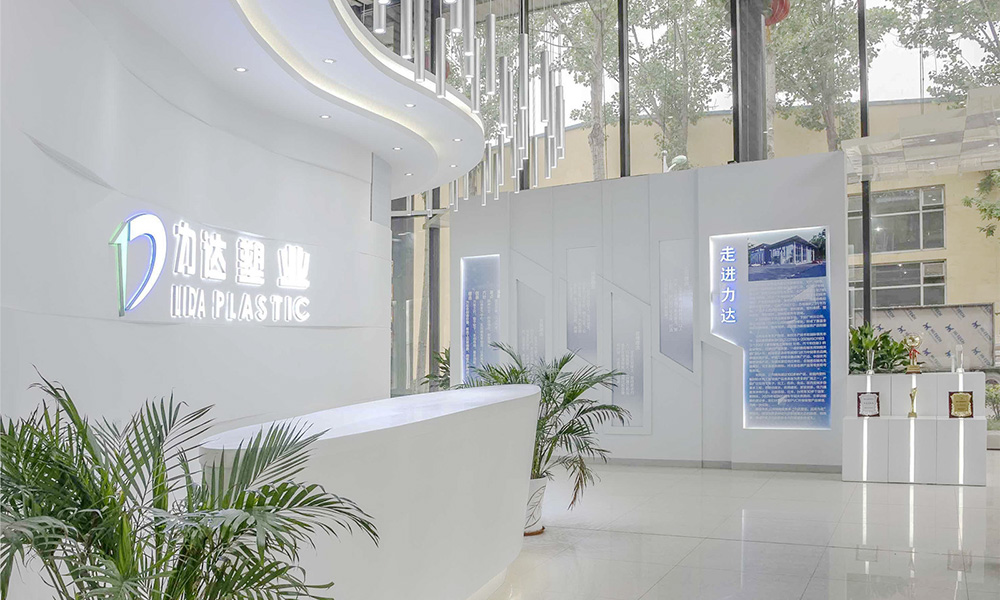Oct . 30, 2024 17:41 Back to list
polyethylene welding rod
Understanding Polyethylene Welding Rods
Polyethylene, a widely used thermoplastic, is known for its durability and versatility. Often employed in various applications ranging from packaging to construction, polyethylene's properties make it an ideal candidate for welding and fabrication processes. Central to these processes are polyethylene welding rods, which play a crucial role in ensuring strong, reliable joints between polyethylene components.
Polyethylene welding rods are specifically designed rods made from the same material as the polyethylene parts being welded. Their primary function is to provide a filler material that can be melted and fused with the base polyethylene components during the welding process. This fusion creates a seamless bond that maintains the structural integrity of the assembly.
One of the most popular methods for welding polyethylene is hot air welding. This technique involves using a welding gun that blows hot air to melt both the base material and the polyethylene rod. As the two materials reach their melting point, the welder applies the rod into the joint, allowing it to fuse with the adjoining pieces. This method is particularly effective for large surfaces and is commonly used in industries such as piping, tank fabrication, and geomembrane installation.
Another common technique is extrusion welding, where a special welding machine extrudes the polyethylene rod directly into the weld joint. This method provides a continuous bead of filler material, making it suitable for long seams or when a substantial amount of filler is needed. Extrusion welding is often utilized in applications that require a high-strength joint or in the construction of large polyethylene structures.
polyethylene welding rod

When selecting polyethylene welding rods, it is essential to consider factors such as the type of polyethylene being welded (HDPE, LDPE, etc.), the required strength of the weld, and the operating environment. For instance, HDPE rods are ideal for applications requiring higher tensile strength and resistance to environmental stress.
In addition to traditional welding methods, advancements in technology have introduced newer techniques such as laser welding and ultrasonic welding. These methods offer precision and can minimize the heat-affected zones, which can be critical in certain applications.
To optimize the welding process, proper surface preparation is vital. The surfaces to be welded must be clean and free of contaminants, as impurities can compromise the quality of the weld. Additionally, maintaining the correct temperature during the welding process is critical to achieving a strong, reliable joint.
In conclusion, polyethylene welding rods are indispensable in the fabrication and repair of polyethylene products. Understanding their properties and the various welding techniques available can significantly enhance the quality and durability of polyethylene structures, leading to successful outcomes in diverse applications. As industries continue to innovate, the role of polyethylene welding rods will remain vital in advancing fabrication technologies.
-
25mm PVC Irrigation Pipe - Durable & Efficient Watering Solution for Farms & Gardens
NewsJul.05,2025
-
HDPE Culvert Pipe Supplier – Durable, Leak-Proof & Easy Installation Solutions
NewsJul.05,2025
-
High Transparency PVC Clear Sheet Super Transparency PVC Sheets & HDPE Cutting Board Supplier
NewsJul.04,2025
-
High-Quality PVC-M Pipe Supplier Trusted PVC Pipe Company & 75mm PVC Connection Pipe Solutions
NewsJul.04,2025
-
PVC Transparent Sheet Roll - Durable & Flexible PVC Plastic Sheet Roll for Industrial & Home Use
NewsJun.24,2025
-
High-Quality PVC PPR Pipes and Fittings Durable ERA PPR Solutions
NewsJun.10,2025

